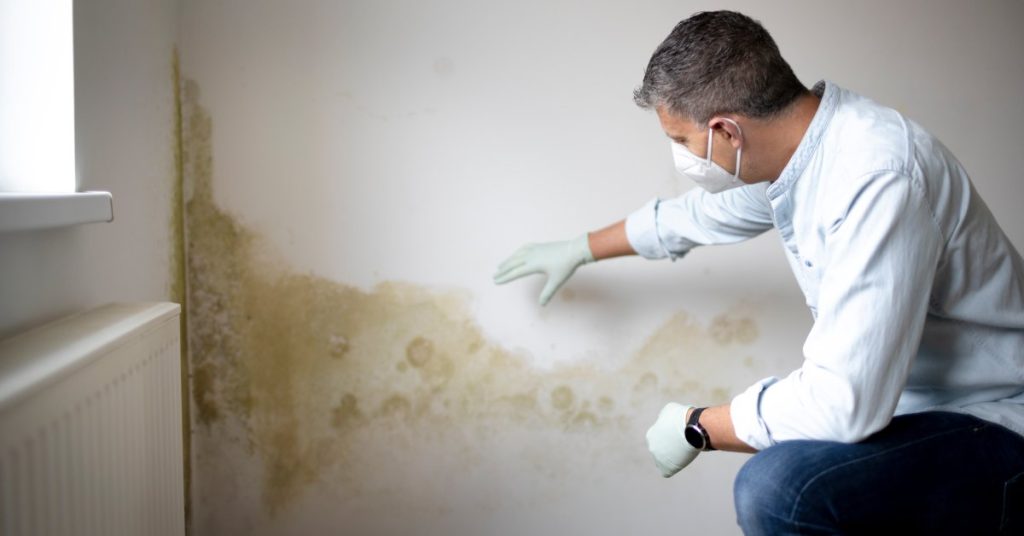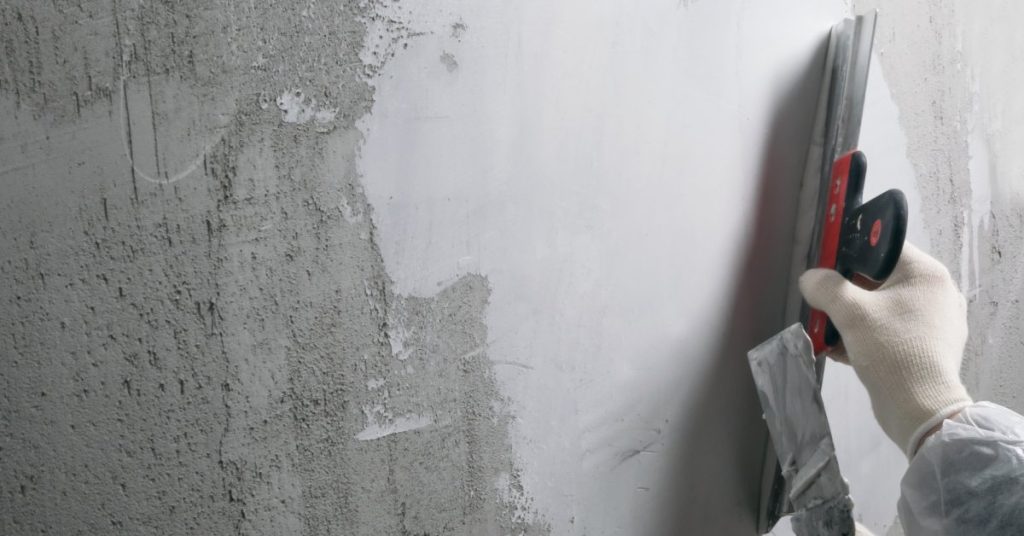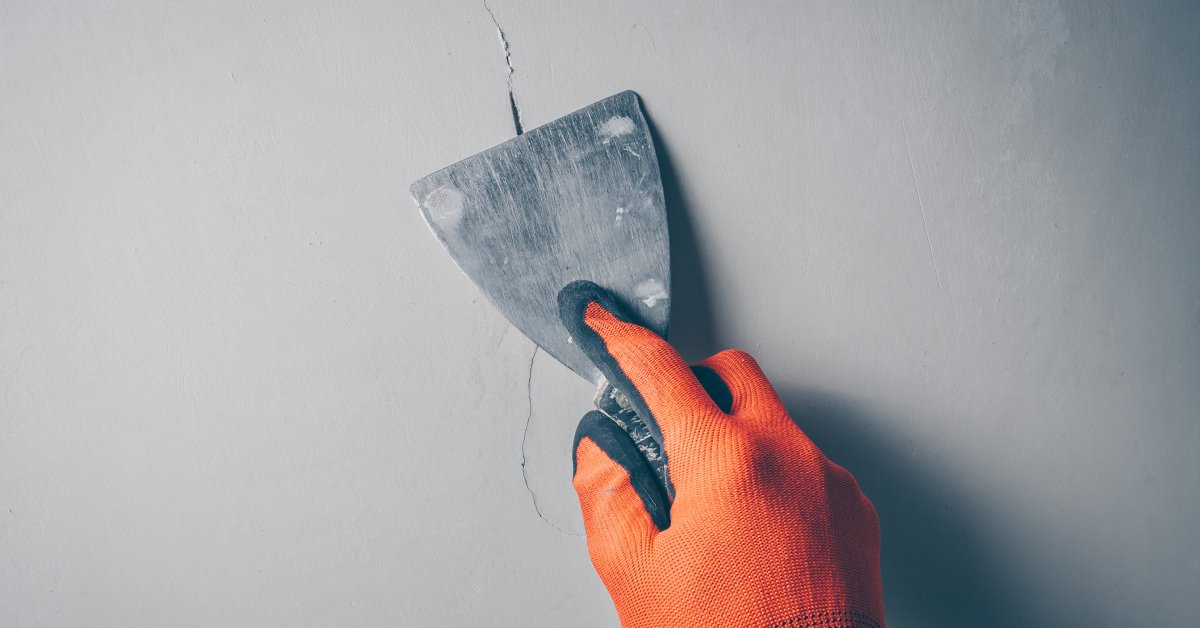Maintaining a stucco wall can seem like a daunting task, especially for those unfamiliar with the material. Stucco, known for its durability and timeless aesthetic, is a popular choice for builders and homeowners alike. However, like any surface, it requires proper care and attention to remain in good condition for years to come.
With consistent maintenance and the right approach, stucco walls can last for decades, offering an elegant and durable finish to any building. Follow these best practices for stucco wall maintenance, and your space’s exterior can look good and serve your space well for years to come.
Regularly Inspect Your Stucco Wall for Any Signs of Damage or Wear
Perform routine visual checks to catch issues early before they escalate into bigger problems. These inspections should include carefully examining the surface for cracks, chips, or discoloration. Pay close attention to corners, edges, and areas near windows and doors, as these spots are particularly vulnerable. Even small cracks can widen over time due to weather exposure or structural shifts, so promptly addressing them will help you prevent moisture infiltration and further deterioration.
Keep the Surrounding Area Clean and Free of Debris
Dirt, leaves, and other debris accumulating near the base of your stucco wall can lead to staining, moisture buildup, or even pest infestations. Moisture trapped by debris can seep into the stucco, causing damage or encouraging mold growth. Regularly clear away any buildup around the wall, especially after heavy rain or during the fall season when leaves are more abundant. Maintaining a clean surrounding area not only preserves the look of your stucco but also extends its lifespan.
Use a Gentle Pressure Washer To Remove Dirt or Grime
Over time, dust, grime, and pollutants can dull the vibrant finish of your stucco wall, making it look aged and unappealing. Use a gentle pressure washer or a garden hose with a spray nozzle to clean the surface without causing damage. Keep the nozzle at a safe distance from the wall—about 2 to 3 feet away—and avoid high-pressure settings, as excessive force can erode or chip the textured surface. For best results, regularly perform a light rinse and do a deeper cleaning every few months. Give high-traffic or polluted areas extra care during these routine cleanings.
Repair Cracks or Chips Immediately
Cracks and chips are common in stucco due to weather changes, settling foundations, or minor impacts. However, neglecting them can lead to major structural issues, including water damage, mold growth, or weakening of the material. Use a stucco patching compound to seal cracks and chips as soon as you notice them.
For larger or more complex repairs, consider hiring a professional who can ensure the fix blends seamlessly with the original finish. Regular maintenance will preserve both the appearance and durability of your stucco wall.

Clean and Treat Any Mold or Mildew Growth
Stucco surfaces in damp or shaded areas are particularly prone to mold and mildew, which can appear as dark patches or greenish stains. Left alone for too long, this growth can spread and compromise the integrity of the material. Inspect your walls regularly, especially after periods of rain or in humid climates. If you spot mold or mildew, use a mold-specific cleaner or a mixture of water and vinegar to treat the problem immediately. Be sure to also wear gloves and protective gear when cleaning to avoid exposure to spores, and rinse the area thoroughly after treatment to remove residue.
Trim Overgrown Vegetation or Trees Near the Wall
Plants, trees, or vines growing too close to your stucco wall can cause problems over time. Branches and leaves can scratch and scrape the surface, while vines or climbing plants can cling to the stucco and weaken it. Additionally, plants hold moisture, which can lead to mold or staining on the wall. Regularly pruning vegetation creates a clear space around the wall, reducing wear and tear from plant growth over time. Keep a safe distance between plants and your wall to let the stucco breathe and stay dry.
Watch for Signs of Water Damage
Water damage is one of the most common threats to stucco walls, and catching it early can save you from more extensive repairs later. Keep an eye out for warning signs such as:
- Bubbling or peeling paint
- Dark or damp spots
- Cracks
- Chalky residue on the surface
These can all indicate moisture trapped beneath the stucco. If left untreated, water damage can lead to mold growth, wood rot, and even compromise the structural integrity of your walls. Address these issues by hiring a professional who can assess the extent of the damage and recommend the best repair solutions.
Inspect the Roof for Leaks or Damage
Your roof plays a critical role in protecting stucco walls from water exposure. If your roof leaks, water runoff can seep into the stucco and cause significant harm, leading to cracks, discoloration, or internal water damage. Regularly inspect your roof for missing shingles, cracks, or clogged gutters, especially in areas where runoff flows down along stucco surfaces.
Then, promptly address any issues to guarantee proper drainage and shield your walls from unnecessary water exposure. Adding gutter extensions or splash guards can also redirect water away from your stucco and further prevent damage.
Avoid Hanging Heavy Objects on Your Stucco Wall
Stucco is a durable material, but it’s not meant to support heavy loads like large decorations, shelving, or outdoor equipment. Hanging heavy objects directly on the stucco can lead to cracks, holes, or structural weakening over time. If you need to hang something, be sure to use the right tools, such as specialized anchors or brackets designed for stucco walls. Alternatively, consider mounting items on a different surface to avoid putting unnecessary strain on the stucco. Proper precautions will keep your walls both functional and visually appealing.

Hire a Professional for Major Repairs or Maintenance
While homeowners can typically handle minor touch-ups, such as patching small cracks or cleaning the surface, larger stucco issues require the expertise of a professional. Cracks, moisture damage, and structural concerns demand proper techniques and materials to ensure durable and effective repairs. A skilled stucco contractor can assess the condition of your walls, identify any hidden issues, and perform repairs that preserve the wall’s strength and aesthetic appeal. Investing in professional maintenance will extend the life of your stucco and keep it looking its best for years to come.
When you follow these stucco wall maintenance best practices, you can keep your stucco walls in excellent condition and preserve their beauty and longevity. Regular inspections, proactive maintenance, and timely repairs are key to preventing serious damage and ensuring your stucco walls continue to add value to your property. Always be careful when cleaning and repairing stucco, and don’t hesitate to consult Stuc-O-Flex International when you need any help! Whether you just need some advice or want to invest in elastomeric stucco sealant, we’re here to take care of you and your stucco.


Leave a Reply